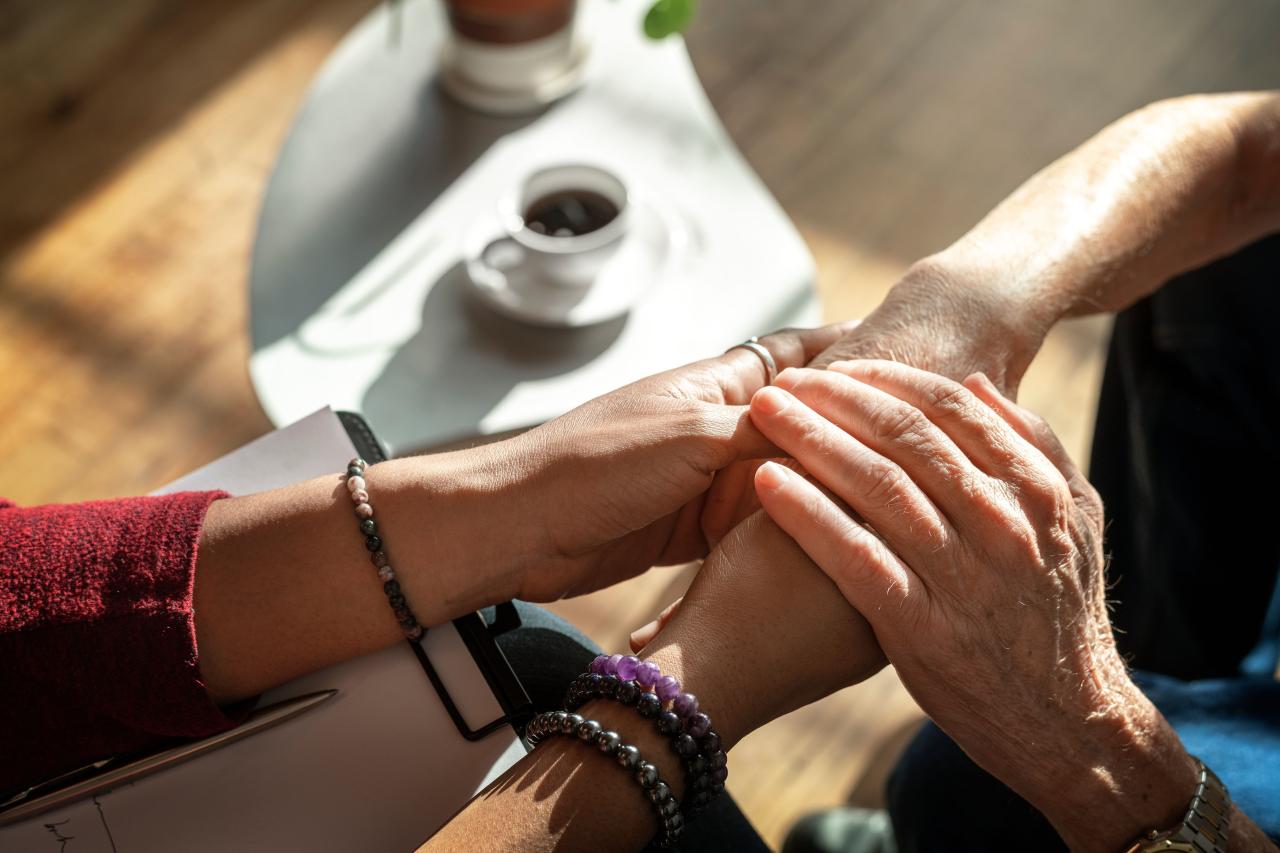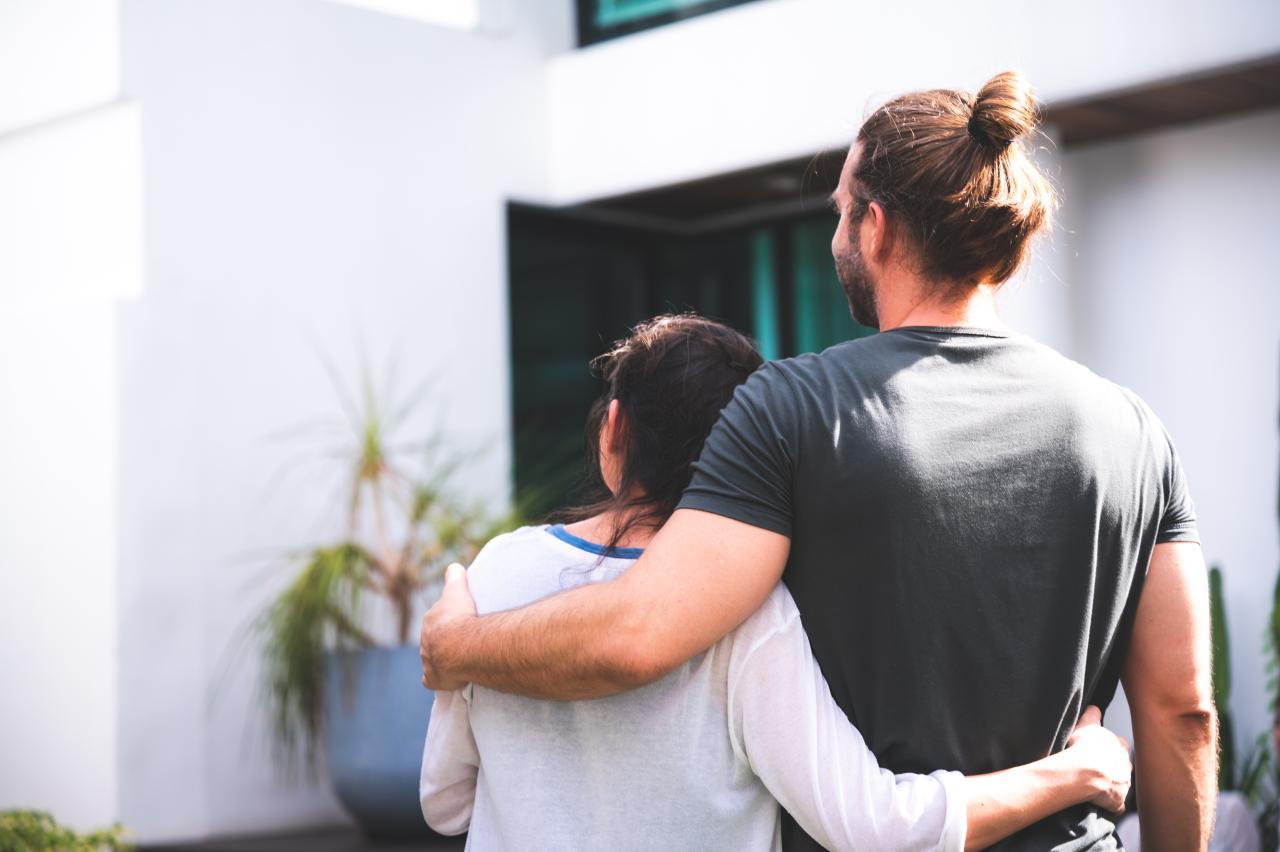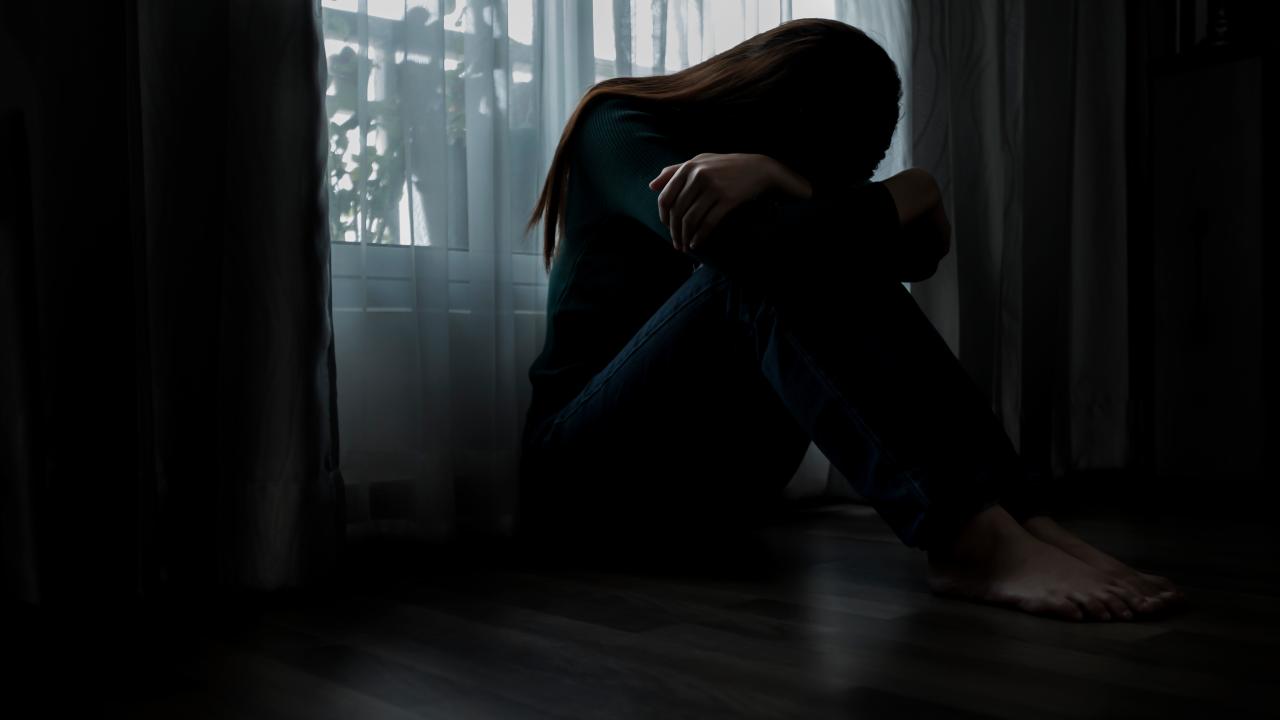
Briefs
Helping people experiencing mental health issues to live in their own homes.
Enabling people who are experiencing or have experienced a severe mental health disorder to access or remain in private housing is a benefit for all the community. However, research finds that only 27 per cent of people with a mental illness own or are buying their own home, which compares poorly with 70 per cent of the general Australian population who own or are buying their own home.
Post-crisis housing for patients experiencing mental health issues
Many people who have been hospitalised as a result of a severe mental health disorder face a significant risk of becoming homeless when they are discharged.
Ensuring private rental housing supports patients experiencing mental health issues
People who are experiencing a range of mental health issues can live comfortably and safely in many different forms of housing tenure, including the private rental sector. However due to their medical situation they may need extra forms of support from real estate professionals to maintain tenancies.
What is a mental ill health issue and how it affects housing
Every year, 1 in 5 adult (around 20%) Australians are estimated to experience mental ill health (equating to about 5 million Australians in 2020-21). AIHW data reveals that 4.5 million patients (17.7% of the Australian population) filled a prescription for a mental health-related medication in 2020–21.
Understanding family violence and housing in Indigenous families
Family violence occurs at higher rates in Aboriginal and Torres Strait Islander communities than in the general Australian population, with the rate of hospitalisation for Indigenous women due to Family violence being 8 per 1,000 women and 0.2 per 1,000 for non-Indigenous women. In addition, Indigenous males were 27 times as likely to be hospitalised for family violence as non-Indigenous males.




